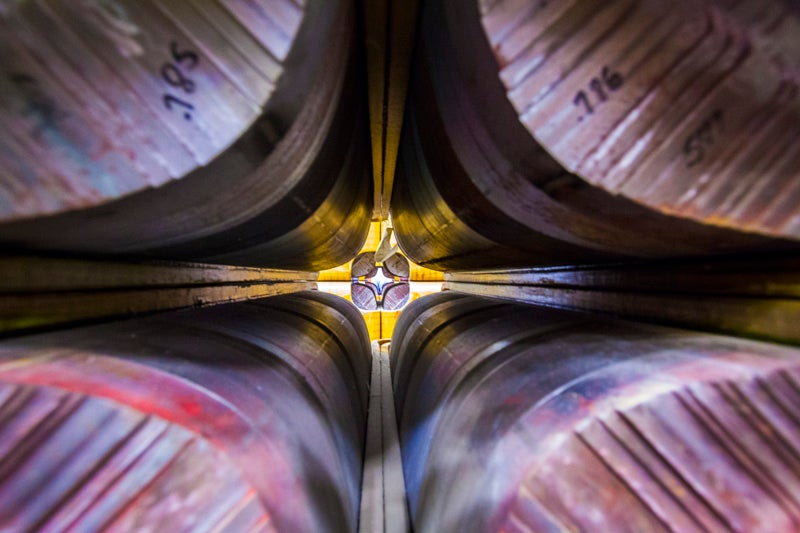Strange results seen in laboratory suggest there is something wrong with our understanding of physics

Your support helps us to tell the story
From reproductive rights to climate change to Big Tech, The Independent is on the ground when the story is developing. Whether it's investigating the financials of Elon Musk's pro-Trump PAC or producing our latest documentary, 'The A Word', which shines a light on the American women fighting for reproductive rights, we know how important it is to parse out the facts from the messaging.
At such a critical moment in US history, we need reporters on the ground. Your donation allows us to keep sending journalists to speak to both sides of the story.
The Independent is trusted by Americans across the entire political spectrum. And unlike many other quality news outlets, we choose not to lock Americans out of our reporting and analysis with paywalls. We believe quality journalism should be available to everyone, paid for by those who can afford it.
Your support makes all the difference.Strange results taken at a vast experiment could change physics in a fundamental way, researchers say.
The findings could indicate that there is a fifth fundamental force of nature, and that there is something wrong with the standard model of physics.
New measurements taken at the Fermilab laboratory near Chicago suggest there exists an as-yet undiscovered sub-atomic particle or new force, the researchers say.
“Today is an extraordinary day, long awaited not only by us but by the whole international physics community,” said Graziano Venanzoni, one of the spokespeople for the experiment and a physicist at the Italian National Institute for Nuclear Physics, in a statement.
The findings are not yet fully conclusive: there is a one in 40,000 chance the results are happening by chance, equating to a confidence level of 4.2 sigma. 5 sigma is seen as the minimum level for researchers to designate a new discovery.
Read more:
But they have nonetheless detailed the findings in a set of papers that have been submitted to a variety of physics journals, and hope that research could soon arrive that will verify the promising results.
The new findings come from an experiment called Muon g-2, which involves sending a fundamental particle known as the Muon – which are similar to electrons but around 200 times as heavy – around a large ring and then hitting it with a magnetic field.
As that happens, the muons wobble. Scientists are able to predict the rate of that wobbling with reference to the Standard Model, or our current understanding of the law of physics.
But the researchers found that wobble was not happening as expected: in fact, it was going more quickly. That suggests there is something else – unaccounted for in our current understanding – that is contributing to the results, such as a new force or particle.
It is not the only recent result to suggest that the Standard Model could be incomplete. It follows similar findings at the Large Hadron Collider, which also saw anomalies in the way that muons and electrons were interacting.
Join our commenting forum
Join thought-provoking conversations, follow other Independent readers and see their replies
Comments